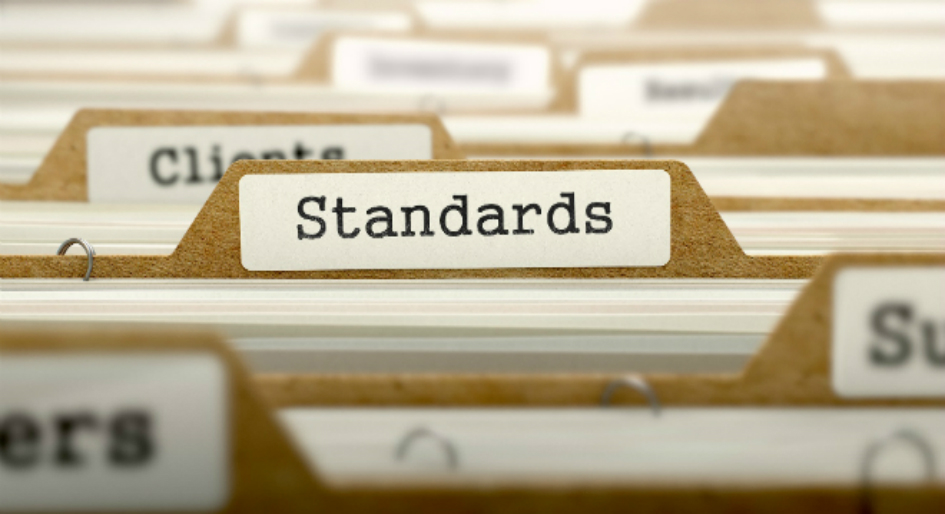The Illuminating Engineering Society (IES) and the International Ultraviolet Association (IUVA) are gathering experts to develop American National Standards (ANSI Standards) for the measurement and characterization of ultraviolet C-band (UV-C) device performance.
In recent years UV-C devices have increased in popularity, particularly during the COVID-19 pandemic, though there remains an absence of standards to enable accurate measurements and comparisons of products. Through this partnership, IES and IUVA aim to cooperatively promote awareness and improve the application of ultraviolet technology in the healthcare system. The organizations will work to accomplish this goal through the development of standardized measurement methods of ultraviolet products with disinfection claims such as UV lamps, luminaires, and lighting/radiating systems, utilizing both discharge (e.g. low-pressure mercury and xenon) and solid-state (e.g. light-emitting diode) technologies.
Each year 99,000 Americans are estimated to die from healthcare-associated infections (HAIs), and HAIs are estimated to result in $10 billion in direct medical costs annually and up to $147 billion in total societal costs. UV-C emissions are known to cause photochemical damage to nucleic acids and proteins, inactivating and rendering pathogens incapable of reproducing, making UV-C disinfection devices useful in healthcare settings to reduce the risk of exposure to patients and healthcare workers, when combined with standard cleaning strategies.
Two ANSI standards are slated for publication by the end of 2020. The first standard, “Approved Method for Electrical and Ultraviolet Measurement of Discharge Sources,” will detail laboratory procedures for the measurement and characterization of low-pressure mercury and other discharge sources. The second, “Approved Method for Electrical and Ultraviolet Measurement of Solid-State Sources,” will do the same for UV-LED components.








